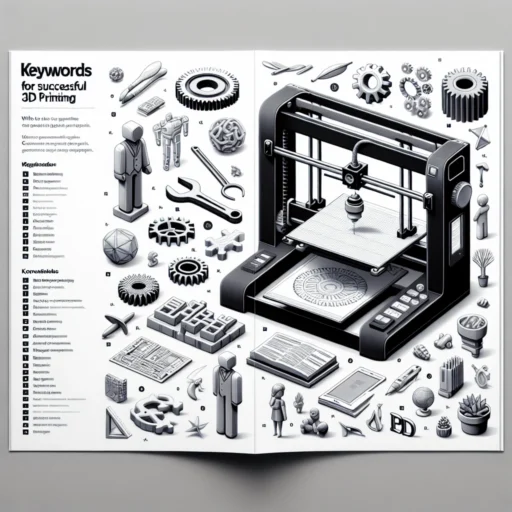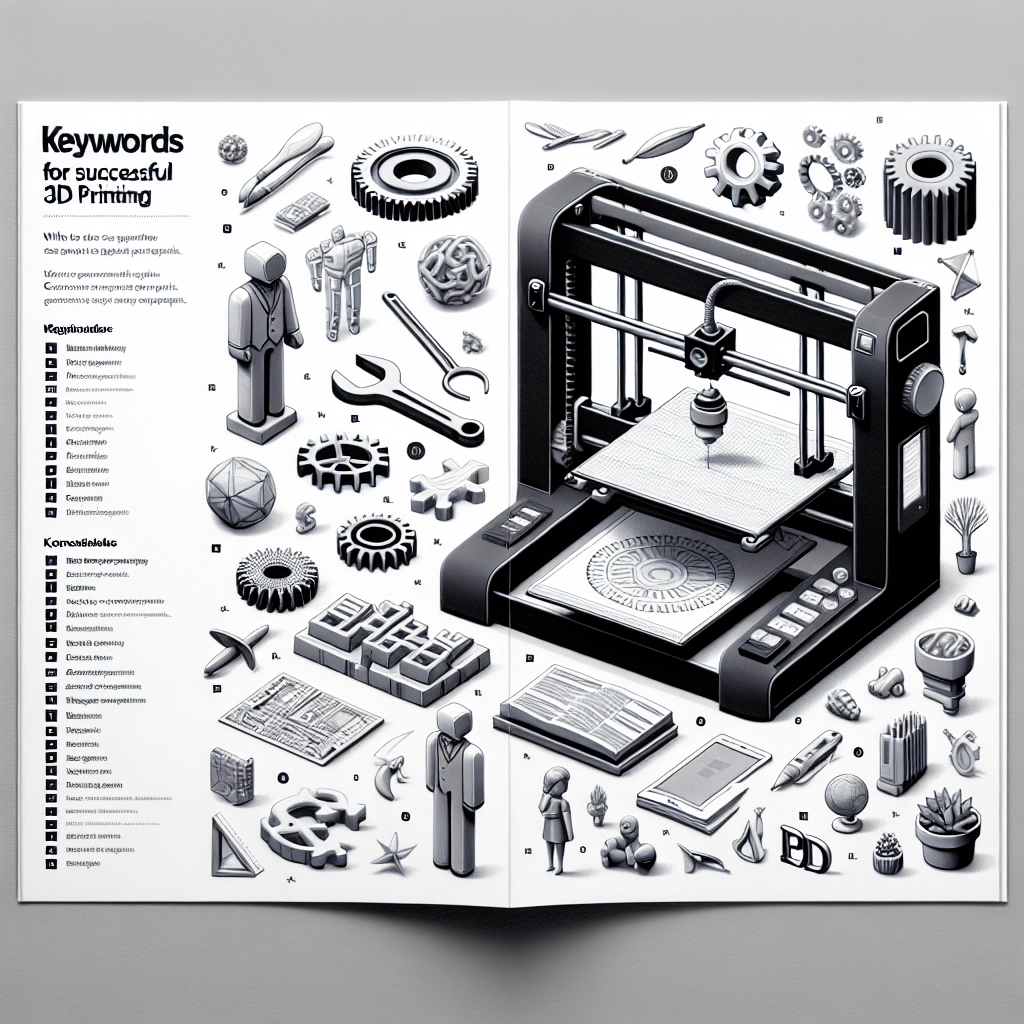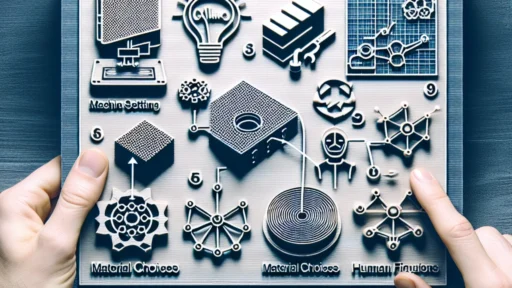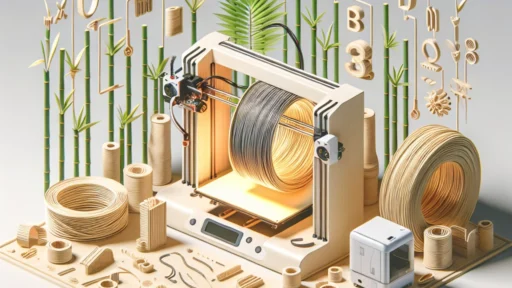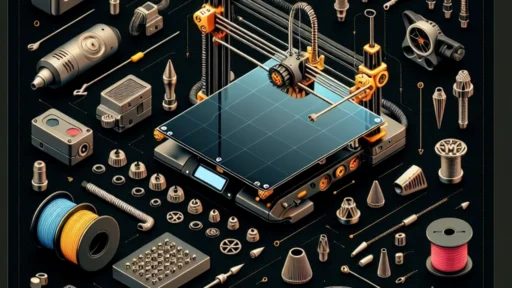Keywords for Successful 3D Printing: What to Look For
3D printing has taken the world by storm, transforming everything from manufacturing to art, and even everyday household items. Whether you’re a hobbyist or a professional, grasping the key concepts of 3D printing can be the difference between creating a flawless object and a disappointing mess. But how do you even begin to navigate this vibrant and burgeoning field? One great starting point is understanding the essential keywords and phrases that come into play. Let’s dive into some of the most critical terms you need to know for successful 3D printing.
Filament Types
When we talk about 3D printing, filament is often the first thing that pops into our minds. Different materials yield different results. Here are a few common types you might come across:
-
PLA (Polylactic Acid): This is probably the most popular choice for beginners. It’s made from renewable resources like corn starch and is biodegradable. PLA is known for its ease of use, vibrant colors, and low warping.
-
ABS (Acrylonitrile Butadiene Styrene): A little more complex to work with, ABS is sturdier and can withstand high temperatures. It’s great for objects that need durability. However, it can emit fumes during printing, so it’s best used in well-ventilated areas.
-
PETG (Polyethylene Terephthalate Glycol): This material blends the ease of use of PLA with the resilience of ABS. It’s clear, flexible, and food-safe, making it versatile for many projects.
Knowing the properties of these materials helps you choose the right one depending on the project at hand.
Resolution and Layer Height
Resolution is another critical term. In 3D printing, it refers to how detailed the final object will be, determined mainly by the layer height. The smaller the layer height, the finer the detail, but be prepared for longer print times! For quick and rough prototypes, a larger layer height may suffice, while for intricate designs, you’ll want to go smaller—perhaps around 0.1 mm or less.
Printing Speed
This term is straightforward but essential: it’s how fast the printer deposits filament. Most printers allow you to adjust printing speed, which often ranges between 30 to 100 mm/s. While increasing speed can save time, it may also compromise the print quality. If you’re after a delicate, detailed object, it might be worth slowing things down a bit.
Supports and Overhangs
It’s not uncommon to encounter the term "supports" when setting up your print. For objects with overhangs—parts that extend out without any material directly beneath them—you’ll need to add supports to ensure a successful print. These can be created automatically by slicing software, but choosing the type of support (like tree supports vs. traditional supports) can significantly impact print quality and ease of post-processing.
Slicing Software
Slicing software is the bridge between your 3D model and the printer itself. It takes your 3D file, usually in STL format, and converts it into instructions your printer can understand. Popular options like Cura, PrusaSlicer, or Simplify3D each come with their strengths and weaknesses, so take the time to experiment and find what suits your style best.
Bed Adhesion and Warping
The first layer of a print is crucial, and understanding bed adhesion is key to avoiding common issues like warping or shifting. Methods like using a heated bed, applying glue stick, or even painter’s tape can provide that extra grip needed to keep your print anchored in place.
Calibration
Don’t underestimate the importance of calibration—this term pops up a lot because it can make or break a print. From bed leveling to extruder calibration, ensuring everything is set correctly is essential. Even a slight miscalculation can lead to disastrous results, so take your time to get it right.
The Importance of Community
Finally, let’s not forget the wealth of knowledge available within the 3D printing community. Forum discussions, YouTube channels, and social media groups are fantastic resources for troubleshooting issues, sharing designs, or simply chatting about the latest innovations.
As you embark on your 3D printing journey, keep these keywords in mind. From selecting the right filament to mastering the nuances of supports and slicing, understanding these terms helps you connect the dots and transform your creative ideas into tangible objects. Remember, practice makes perfect, and every print—successful or not—teaches us something new. So gear up, have fun, and let your imagination take flight in the exciting world of 3D printing!


